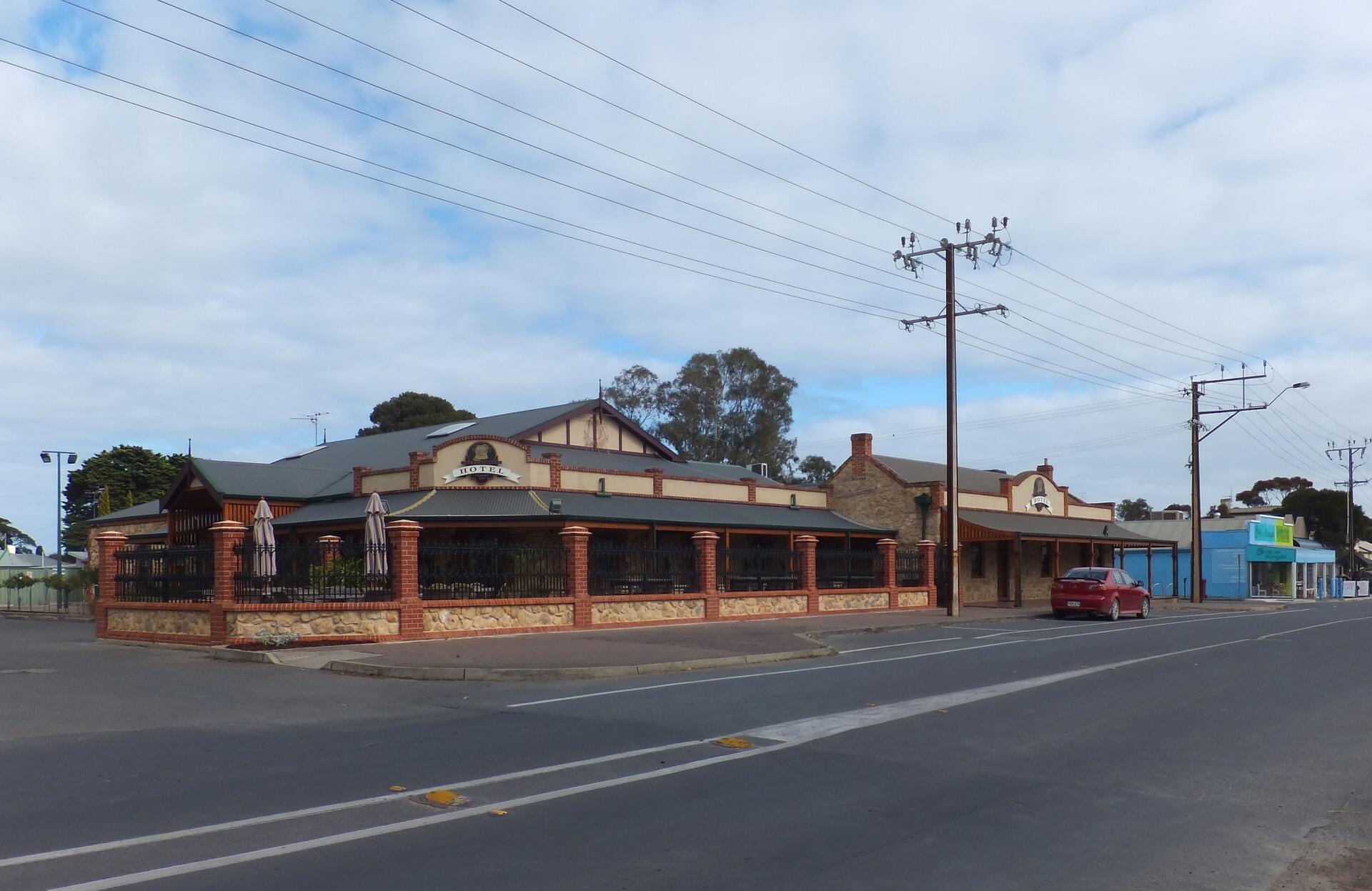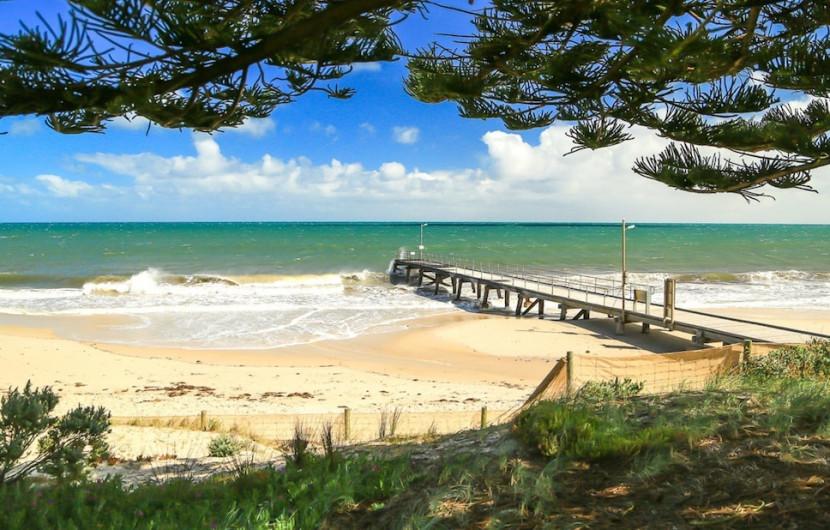INTRODUCTION
Nous remercions très sincèrement Margaret Morgan, Présidente de la division histoire de la région de Yankalilla en Australie, pour le texte sur l’historique de Normanville en Australie.
We sincerely thank Mrs Margaret MORGAN, President Yankalilla & District Historical Society Inc., the text about Normanville Australia history.
HISTORIQUE DE NORMANVILLE EN AUSTRALIE
Version Française:
Normanville, qui est à environ 60 km au sud d'Adélaïde sur la péninsule de Fleurieu en Australie-Méridionale, doit son nom à Robert Hastings Norman, un dentiste et photographe.
Lorsque les terres de la nouvelle colonie d'Australie-Méridionale furent ouvertes à la sélection au début de 1840, Robert Norman acheta la section 1014, située sur la côte près de Yankalilla.
A l'époque, Robert Norman vivait encore en Angleterre, mais il est venu en Australie-Méridionale en 1844 à bord du Taglioni. Il s’est installé à Adélaïde, où il a ouvert un cabinet dentaire. Il a été le premier dentiste d’Australie du Sud.
Robert Norman était également un photographe passionné. Avec un partenaire, George Heseltine, il a ouvert le premier studio photographique (daguerréotype) d'Australie du Sud sur "King William Street" le 22 décembre 1845.
Il a réalisé une prothèse de main à partir d’os de baleine pour le caporal John Coles. Cette main était actionnée par une série de poulies et de cordes attachées à un anneau sur le pouce de Coles. Cette réalisation, que l’on pense être la première prothèse d’Australie-Méridionale, est conservée dans la bibliothèque médicale du Royal Adelaide Hospital.
Sur la péninsule de Fleurieu, il a acheté d’autres parcelles de terre jusqu'au début des années 1850. Il possédait environ 800 acres, qu'il utilisait pour l'agriculture, dont 40 acres de vignobles. Ces vignobles furent les premières plantations dans la région.
Conscient des besoins des résidents locaux à proximité de sa propriété agricole, Robert Norman annonça dans le journal "Register" le 2 juin 1849 son intention de former un canton appelé «Normanville» sur sa propriété au bord de la rivière Bungala.
Il fit arpenter sa section d'origine, 1014, et la divisa en blocs de canton. Un demi-million de briques ont été fabriquées à partir d'argile sur les rives de la rivière Bungala, et un atelier de forgeron, un hôtel, une église et des maisons ont été construits. Un terrain a été offert pour la réalisation d'un poste de police et d'une jetée.
Robert Norman mourut chez lui à Adélaïde en 1883 et son corps fut amené à Normanville où il fut enterré à côté de sa femme dans le petit cimetière privé parmi les vignes de sa propriété de Normanville.
English version (original)
Normanville, which is about 60 km south of Adelaide on the Fleurieu Peninsula South Australia, was named after Robert Hastings Norman, a dentist and photographer.
When land in the new colony of South Australia was opened up for selection in early 1840, Robert Norman purchased section 1014, situated on the coast near Yankalilla. Norman was at that time still living in England, but he came out to South Australia in 1844 on board the Taglioni. He settled in Adelaide, where he established a dental practice – he was South Australia’s first dentist. Norman was also a keen photographer, and together with a partner, George Heseltine, he opened South Australia’s first photographic (daguerreotype) studio on King William Street on 22 December, 1845. One unusually outstanding achievement was a mechanical hand (prosthesis) which Robert constructed in 1845 from whale bone for Corporal John Coles. This hand was operated by a series of pulleys and strings attached to a ring on Coles’ thumb. The hand, believed to be South Australia’s first prosthesis, is stored in the Royal Adelaide Hospital medical library.
On the Fleurieu Peninsula Norman purchased more land until by the early 1850s he had amassed about 800 acres, which he put to use for agriculture including 40 acres of vineyards, some of the first planted in the region. Aware of the needs of local residents near his agricultural property, on 2 June 1849 Robert announced in the Register newspaper that he intended forming a township to be named ‘Normanville’ on his property on the Bungala River. He had his original section, 1014, surveyed and divided up into township blocks. Half a million bricks were made from clay from the banks of the Bungala River, and a blacksmith shop, a hotel, a church, and houses were built, and land was offered for a police station and for approaches for the proposed jetty.
Norman died at his home in Adelaide in 1883, and his body was brought to Normanville where he was buried next to his wife in the small private graveyard among the vines on his Normanville property.
Robert
SITUATION ET QUELQUES PHOTOS DE NORMANVILLE EN AUSTRALIE
I
SITUATION DE NORMANVILLE EN AUSTRALIE

HOTEL DE NORMANVILLE
- de nos jours :

- ancienne photo (l'hôtel date de 1855)

PLAGE DE NORMANVILLE

Dernière mise à jour le 23/09/2021






